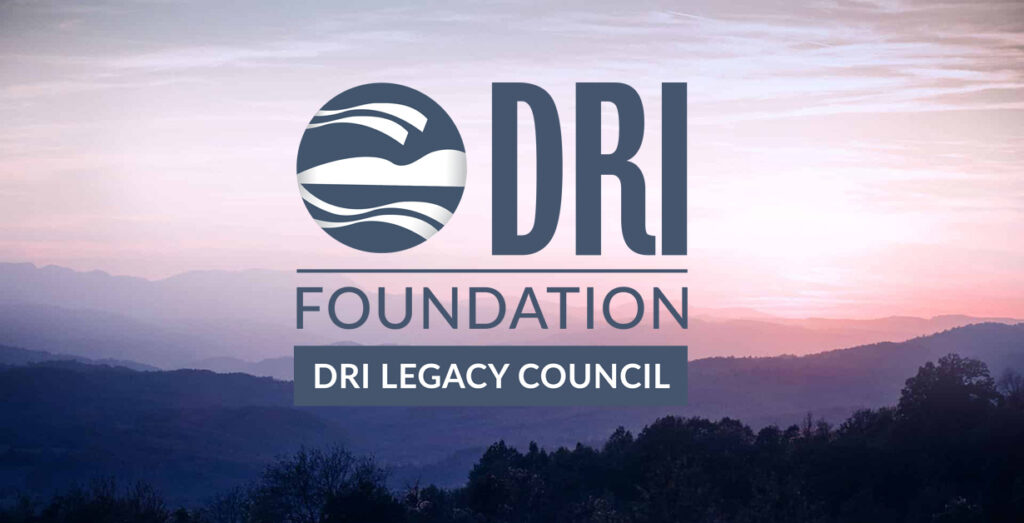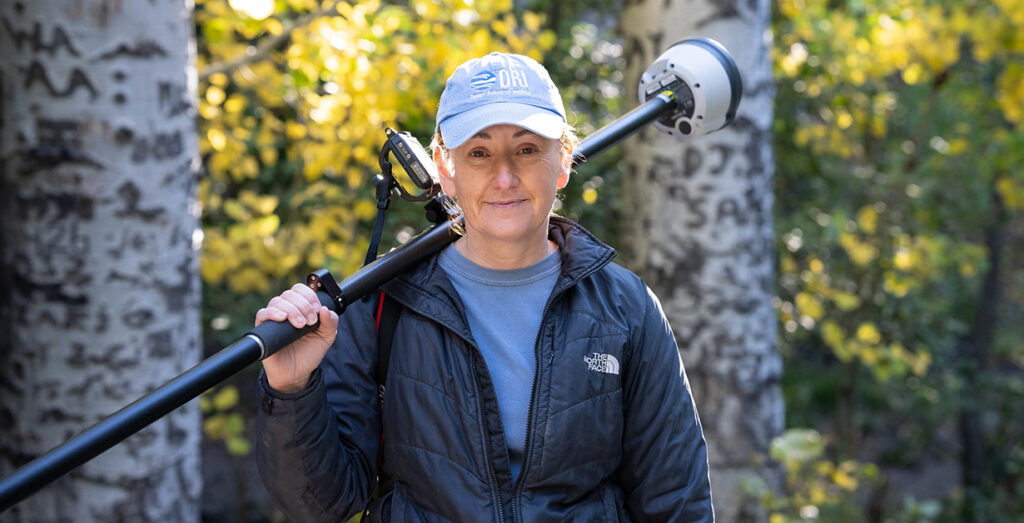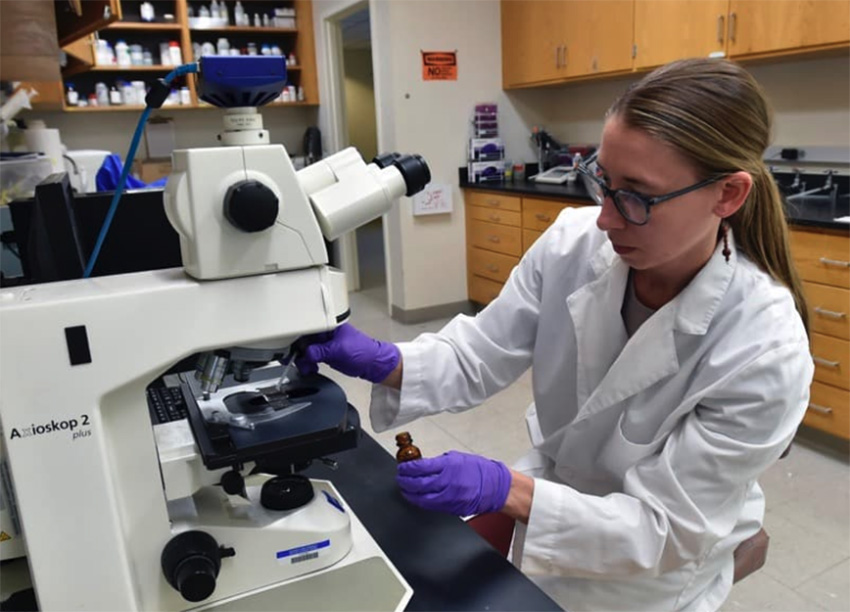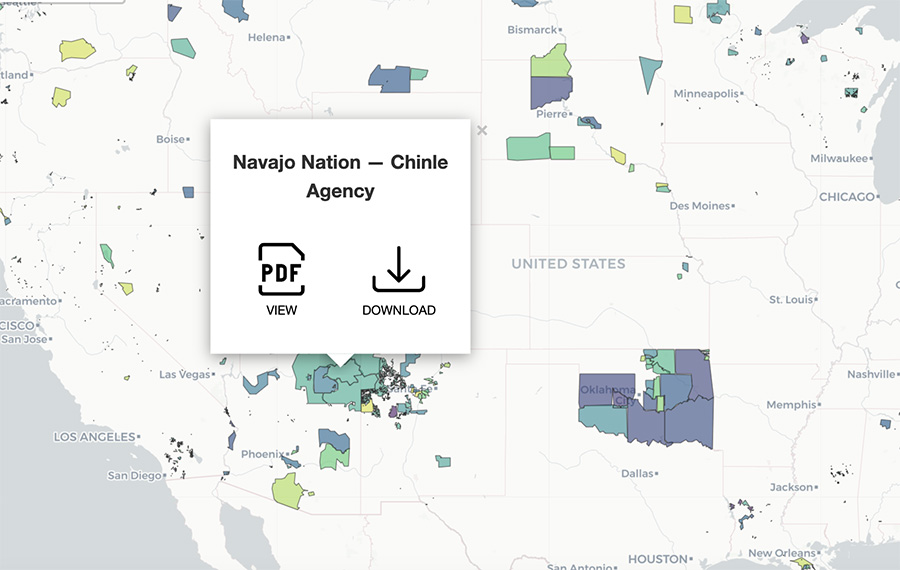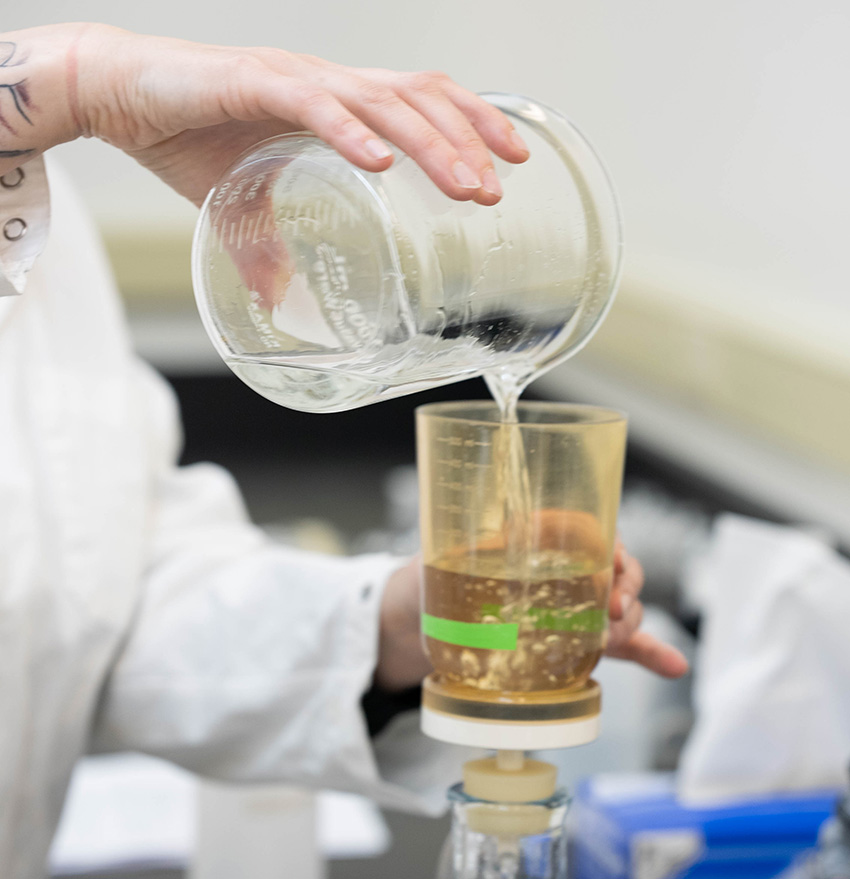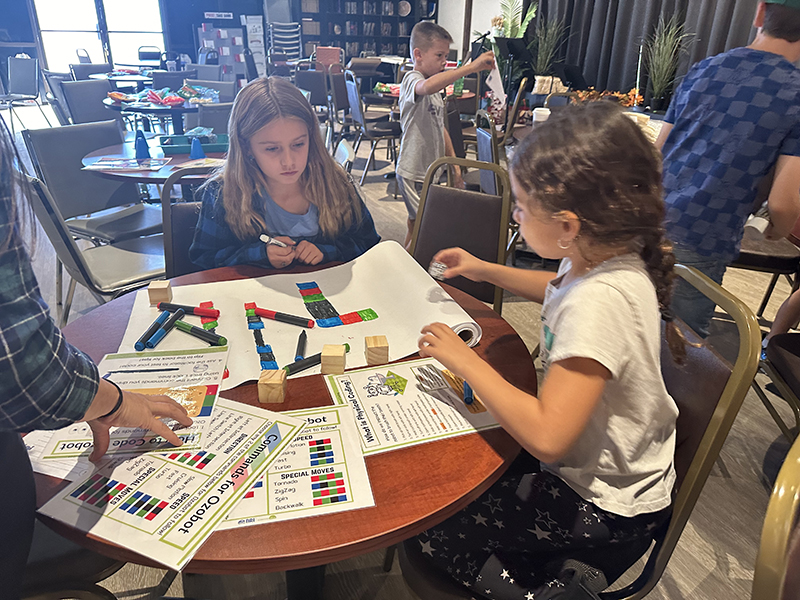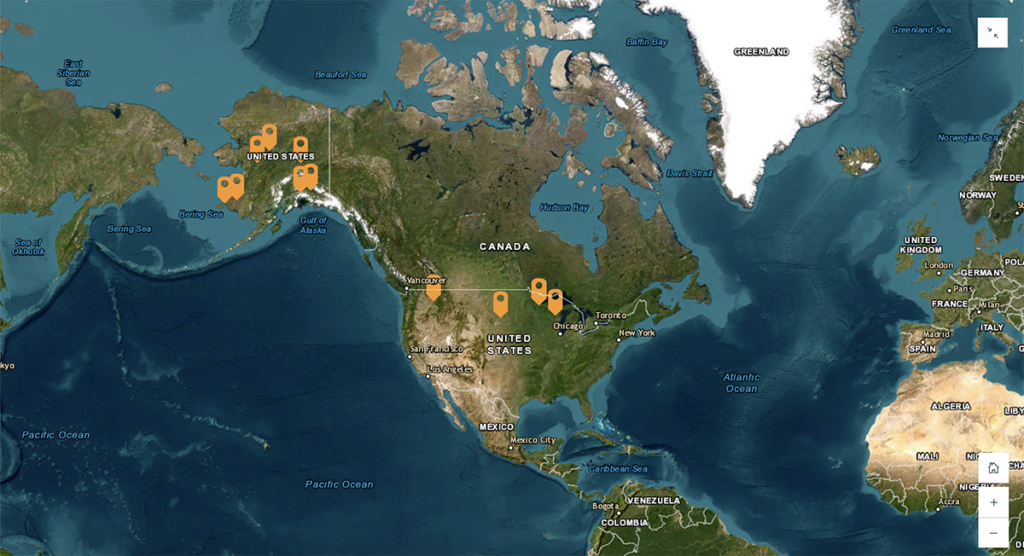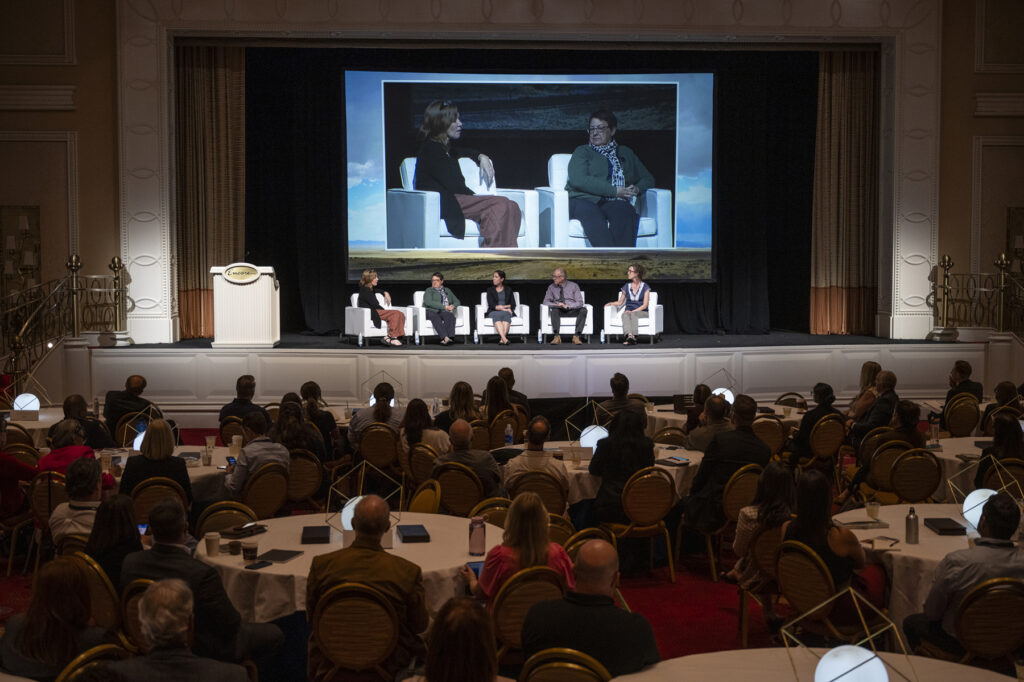Leave Your Legacy in Science, Through a Gift to DRI
Including DRI in your estate through a planned gift is a remarkable testament to your belief in the powerful impact of science to develop solutions to address how humans are impacting their environments and how the environment impacts humans. A planned gift could be a bequest in your will or living trust, a charitable remainder trust, or naming DRI as a beneficiary of a retirement plan fund, life insurance policy, or other.

